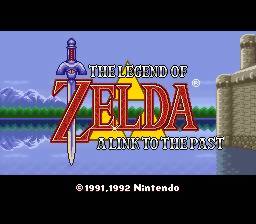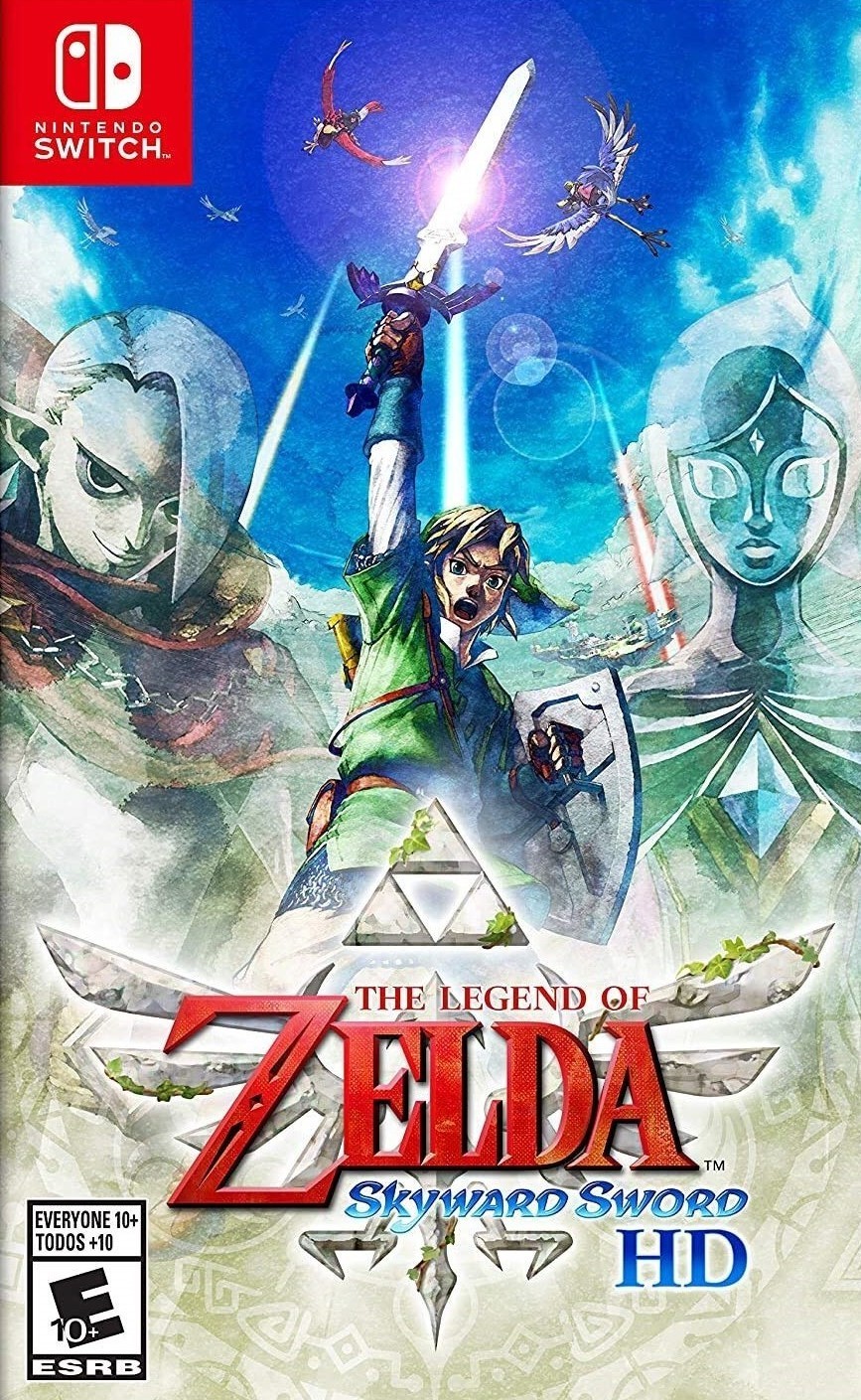
Tears of Disappointment
Let me begin this deep look by saying I do not like Nintendo’s Legend of Zelda series, and consider it one of the most overrated franchises in gaming history. There are a few entries that I enjoyed, such as the Triforce of the Gods games (A Link to the Past and A Link Between Worlds), but I believe that the franchise especially went downhill when it leaped from two to three dimensions. Even then, I didn’t care much for Ocarina of Time or its rerelease on the Nintendo 3DS. I remember buying a Nintendo Switch because of Breath of the Wild’s “universally positive” reception, but I still didn’t like it. The Legend of Zelda: Tears of the Kingdom continues the open-world direction the franchise has headed in, and while I really wanted to like the game, it just didn’t love me back.
Tears of the Kingdom occurs several years after Breath of the Wild, with Link and Zelda exploring the caves below Hyrule Castle, from which toxic Gloom has been sickening citizens of the kingdom. After encountering a mysterious mummy, an event known as the Upheaval occurs that results in Link losing the power that he had acquired in the game’s predecessor, with floating islands and poisonous Depths appearing as well. Some of the backstory is good, but the narrative doesn’t really strike any new ground, and in general, once you’ve experienced one Zelda game’s plot, you’ve pretty much experienced them all. The translation is legible, but Nintendo of America, as in recent years, didn’t really put much effort into making it sound realistic and fitting for a fantasy game, also annoyingly using the acronym OK instead of “okay” among other things.

And makes the endgame nigh unplayable.
Many elements from Breath of the Wild return, such as Link being able to find different kinds of melee/ranged weapons and shields that break after excessive use, with an initial limit as to how many he can carry at a time, but players late into the game can use Korok Seeds strewn throughout Hyrule to increase these limitations, which I only found out about via the internet. Shrines return, where Link, in most cases, must solve a complex puzzle to receive a Light of Blessing, four of which he can use to extend his life or stamina meters at Goddess Statues. Link can also obtain additional Hearts at points, including finishing one of the main Temples necessary to advance the storyline.
Players can outfit Link with clothing for his head, body, and legs for defensive power and increase it at Great Fairy Fountains throughout Hyrule; however, gaining access to their power is difficult without a guide. Certain clothes are necessary to traverse areas with extreme heat or cold without suffering damage, sometimes available in the regions where such conditions occur. Combat largely remains the same as in prior three-dimensional Zeldas, with Link able to lock on to an enemy within his view, attack it, block its attacks with his shield, and execute moves such as side jumps and backflips.
Lamentably, the same problems in combat carry over from prior 3-D Zelda installments, where switching a target necessitates that the player release the targeting button, get close to another enemy, and hold the same button. Moreover, the minimap doesn’t show enemy locations on the battlefield, which leaves Link completely blind from behind. Furthermore, if his back is near a wall, the camera can go haywire, and Link can leap and grab said wall, making him vulnerable to the enemy. Most of the time, killing enemies nets Link parts and armaments he can seize for himself.
Throughout his lengthy journey, Link gains several powers instrumental in solving the myriad puzzles present in most series predecessors. First is Ultrahand, which allows Link to telekinetically move an object around and rotate it in any direction except port or starboard, which leads to many annoying moments. Players can attach movable objects to one another and break one piece from another by wiggling the right stick. This ability plays significantly into advancing through the Temples Link accesses and completing Shrines scattered throughout Hyrule. However, I found it incredibly difficult to discover many Shrines and solve their respective puzzles, if present, without the internet.

Link's a lumberjack, he's...not okay.
Another ability Link acquires includes Fuse, which can allow him to fuse one of his breakable melee weapons and shields with a specific material gotten from defeating monsters or battlefield objects such as wooden crates or boulders, which renders it unchangeable until it breaks. He can also attach materials to arrows he can shoot from one of the bows he can carry to provide effects such as homing guidance towards enemies, which can fare well against those with unpredictable movement patterns. Sometimes, Link can pick the arrows he fires back up if they fail to strike a monster, provided the player can track them down.
Link also gains the Recall ability, which can target a single object and reverse its movement, be it one he has moved through Ultrahand or a moving part of an environment such as a giant cog, often necessary to solve some Shrine puzzles. Furthermore, players can photograph monsters and most weapons, shields, bows, and items they drop to note them in the various compendia, a tedious task when other roleplaying games automatically do so. The Ascend ability allows him to leap through a ceiling if it isn’t too high above and emerge at the top.
While Tears of the Kingdom has its fun moments, given the various killer moves Link can execute, there exist many issues aside from those mentioned that prevent it from being wholly enjoyable, especially toward the end when he must traverse the Depths for the endgame sequence and risk losing maximum life due to Gloom that infests the underworld which seems to exist solely to artificially make the game longer than it needs to be, with the potential to go into the final battles with a low number of Hearts. While there are food recipes that can cure Gloom taint, players will need to go through hoops to get the ingredients to make them, which again can necessitate the internet, which is the only possible way to get through the game in a reasonable time.
Moving to control, while players can theoretically record their progress anywhere, they cannot simply quit in the middle of a drawn-out puzzle and expect progress to remain, with the frequent load times, inexcusable in a cartridge game, not helping, and the autosave feature can be unreliable. Another major problem is the absence of automapping, which would have made discovering the Shrines and other locales of Hyrule easier, with segments of the country mapped entirely alongside no indicator of where the player has been when Link visits one of the Skyview Towers. Even then, Link sometimes must go through hoops to activate them in the first place. The teleportation between Shrines is a godsend, but Tears of the Kingdom could have been more user-friendly.

Vending machines were all the rage in ancient Hyrule.
Like Breath of the Wild, the sequel has a minimalistic musical presentation. While there are some decent tracks, the aurals rely too much upon ambiance. The sound effects are good, but the quality of the voicework is mixed, with some annoying performances and lots of annoying grunting during cutscenes not fully voiced. Thus, one could get away with muting the volume and listening to other music while playing the game.
The visuals are mostly the same as in Breath of the Wild, with a cel-shaded style that superficially appears decent, and the lighting effects and colors are genuinely beautiful. However, there are many technical hiccups, including a choppy framerate, environmental pop-up, blurry and pixilated texturing, and jaggies. Moreover, Link eating phantom food whenever the player uses food items in the game menus looks asinine. Ultimately, the game is only graphically acceptable.
When ceasing to play the Breath of the Wild sequel, my playtime numbered around seventy-two hours, with plenty of Shrines yet to discover and many sidequests left incomplete. While the supplemental content would theoretically enhance the lasting appeal, only those who somehow enjoy the game would want to play onward.
Overall, Tears of the Kingdom, like Breath of the Wild before it, was for me a massive letdown, given its tedious gameplay and control, hackneyed writing, and average audiovisual presentation, with the Zelda series and open worlds, in my opinion, going together as well as a fish and a bicycle. However, if you liked the first Nintendo Switch Zelda, you would probably enjoy its sequel, but there are far better open-world RPGs. Those in search of the definitive Zelda experience would be far better off playing one of the genuine classics of the franchise like A Link to the Past and A Link Between Worlds. Regardless, if I could use Link’s Recall ability on the time I spent with the game, I would do so in a heartbeat.
This deep look is based on an incomplete playthrough of around seventy-two hours to the “Destroy Ganondorf” quest.






